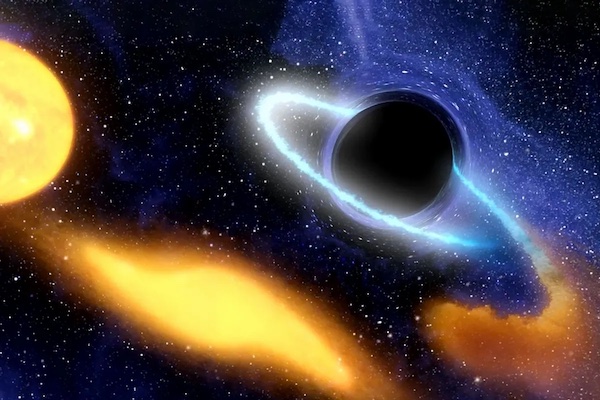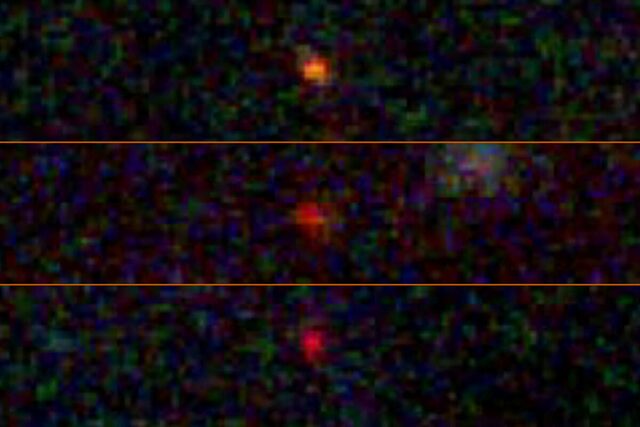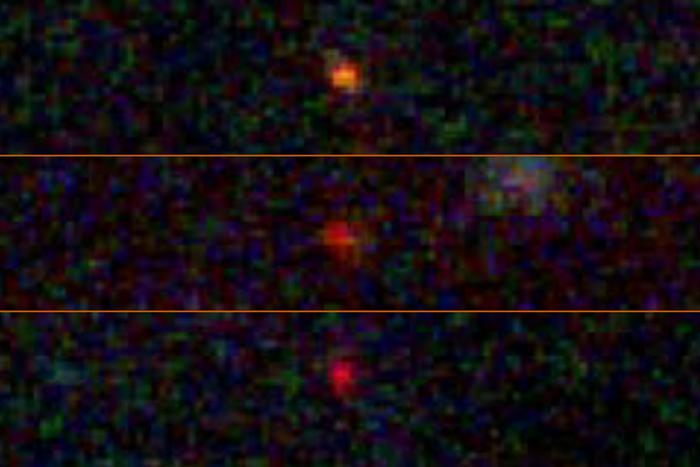Salon.com on Dark Stars
Since 2007, astronomers have proposed the existence of a weird type of star: one powered by the heat of dark matter. In cosmology, dark matter is a difficult thing to explain because we literally don’t know what it is. We can’t see it, hence the name “dark,” but without it factored into our equations of […]





